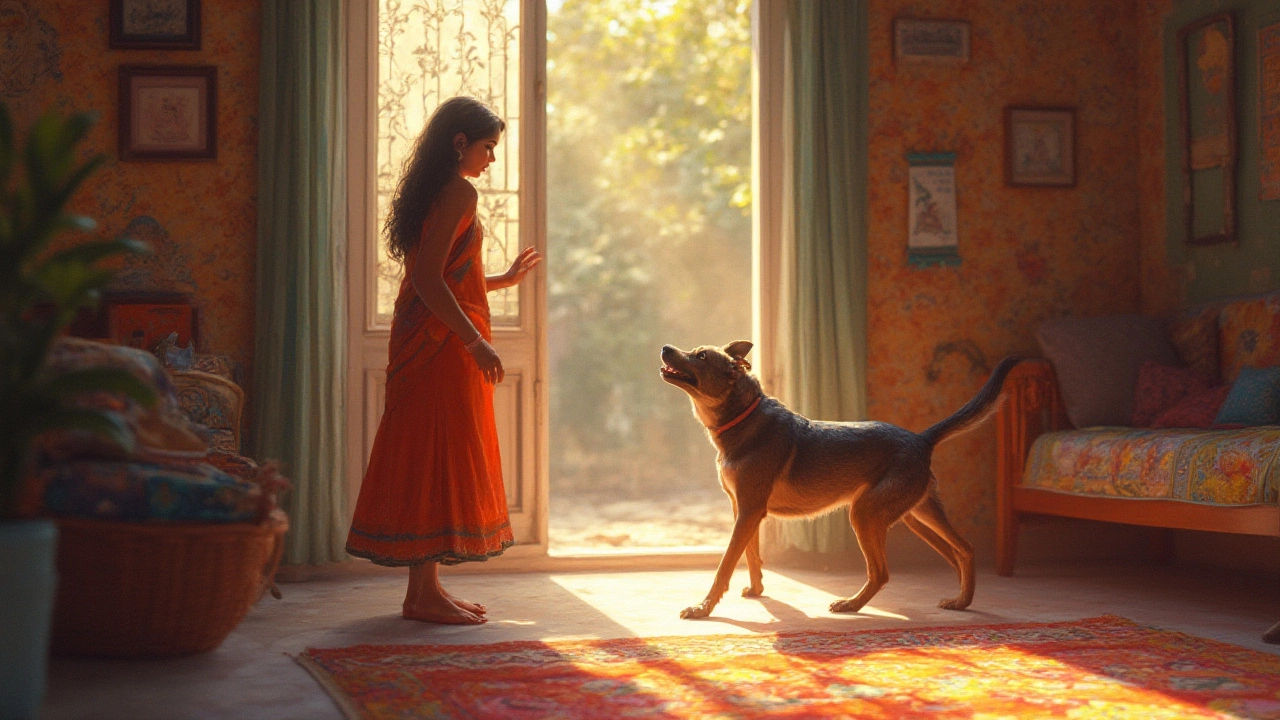Dog Greeting Behaviors: What Your Pup Is Trying to Say
Ever wonder why your dog wags its tail, bows low, or sniffs the air when you come home? Those actions are the dog’s version of a handshake, hug, or hello. Understanding these signals helps you keep your pet calm, avoid awkward encounters, and build trust faster.
Common Greeting Moves and Their Meanings
Tail wagging isn’t a one‑size‑fits‑all sign. A loose, full‑body wiggle usually means a friendly mood, while a stiff, high‑held tail can hint at alertness or a bit of tension. Watch the speed too—slow swings often show cautious curiosity.
The play bow (front legs down, rear up) is a clear invite to have fun. If your dog drops its front end and raises its rear, it’s saying, “Let’s chase, bite, and roll around.” This move is pure invitation, not dominance.
Sniffing is a dog’s way of gathering information. When they nose the back of your knee or a new dog’s flank, they’re checking identity, health, and mood. It’s like reading a social media profile—only with scent.
Licking can be a sign of affection, submission, or excitement. A quick tongue flick on your hand usually means “I like you.” If the licking turns frantic, the dog might be overstimulated and need a break.
How to Respond for a Smooth Greeting
First, stay calm. Your energy sets the tone. If your dog is overly excited, ask for a sit or stay before allowing the greeting to continue. This teaches the pup that calm behavior gets attention.
Second, use consistent cues. A simple “Hey buddy” paired with a gentle pat on the chest (not the head) reinforces friendly interaction without encouraging jumping.
Third, watch the other dog’s signals when introductions happen. If the partner dog shows a low, relaxed tail and a loose body, it’s a green light. If it stiffens, give both dogs space and try a slower approach.
Finally, practice short greeting sessions. Let your dog meet a neighbor’s pet for just a minute, then call it back. Repeating this builds confidence and reduces overexcitement over time.
Remember, every dog is unique. Some may greet with a big bark, others with a shy glance. The key is to notice the whole body, not just one part. By matching your response to the specific behavior, you help your dog feel secure and understood.
Take these tips to the next walk, to the park, or even when you’re home alone. The more you read and react appropriately, the easier it becomes for your pup to greet the world without stress. Happy greetings!

Why Do Dogs Stretch When They See You? The Surprising Reasons Behind This Adorable Behavior
Curious why dogs love to stretch when you walk in? Discover the science, psychology, and facts behind this cute, common canine greeting.
read more


